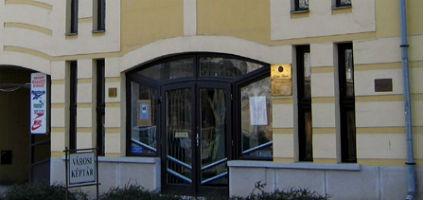2025. January 3. Friday
Town Gallery - Orosháza
 |
Address: 5900, Orosháza Thék Endre utca 1.
Phone number: (68) 472-350, (68) 412-523
E-mail: keptar@pmk.oroshaza.hu
Opening hours: Tue-Wed 9-14, Thu 10-17, Sat 9-13
|